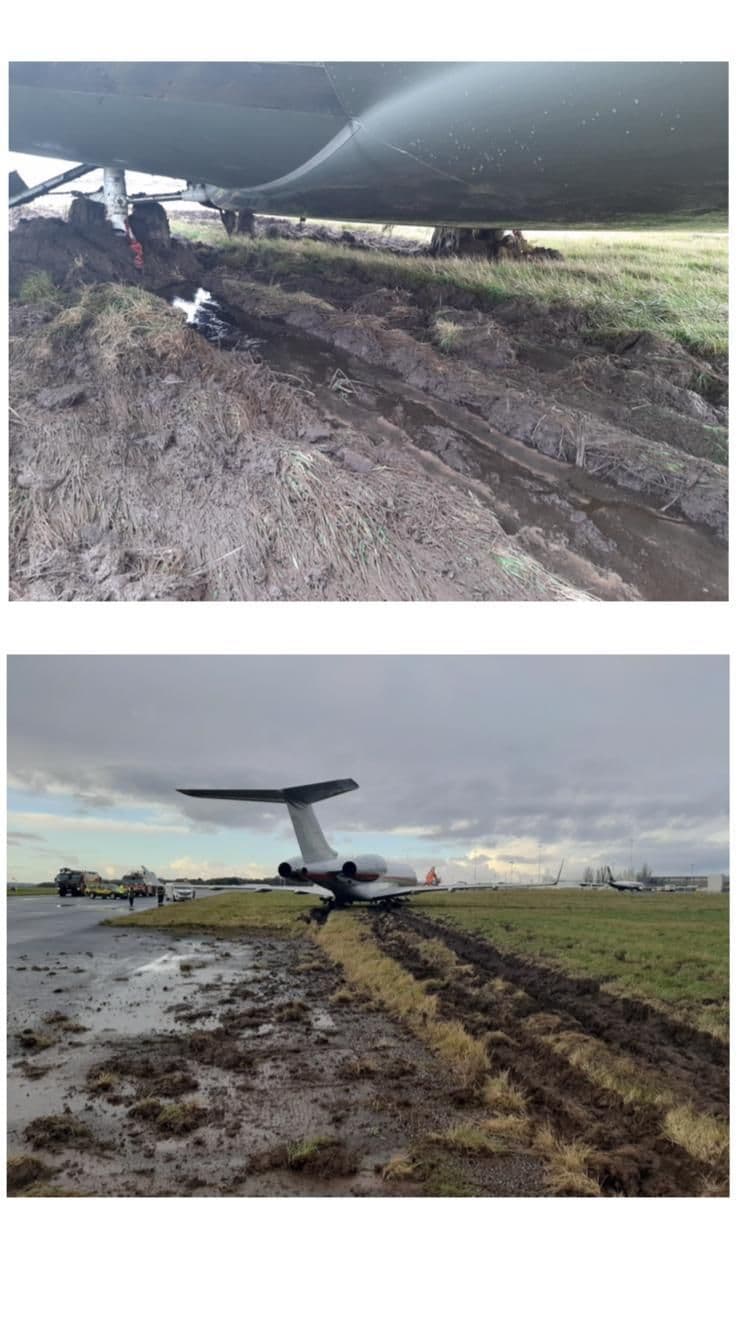Wed Dec 18, 2019 10:26 am
#1736013
I think not being on the centreline is touch of an understatement.




Levis Sed Non Parvus


kanga wrote:Aaib reckons inadvertent touch of brake pedal while operating rudder at high speed, not specifically trained against
https://www.bbc.co.uk/news/uk-england-m ... e-55005334
Oops.
I've been experimenting recently with my short field landing technique, and I've been practising braking after touchdown while the nose wheel is still off the ground, the objective being to keep it off even during the braking phase. Obviously, I do not let the nose wheel bang down even under braking.
TopCat wrote:I've been experimenting recently with my short field landing technique, and I've been practising braking after touchdown while the nose wheel is still off the ground, the objective being to keep it off even during the braking phase. Obviously, I do not let the nose wheel bang down even under braking.